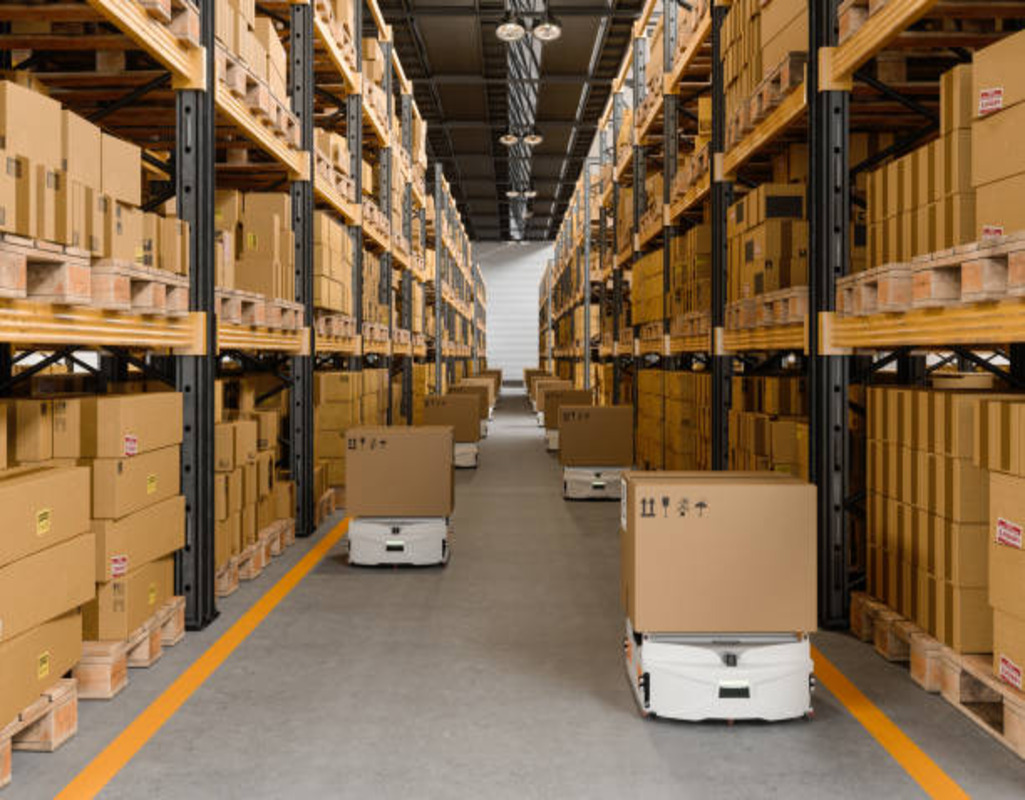Like a train parking lot, railcar storage plays a key role in smooth railway operations. It keeps unused freight cars safe and sound, ready to be called upon. This lesson will unpack the world of railcar storage, explaining its benefits (saving money, adapting to demand) and why tracking the number of stored cars is crucial. It’s not just about keeping trains parked; it’s about planning for a reliable and efficient rail network!
What is Railcar Storage?
Railway car deferment actively involves designating a specific number of railcars for storage in dedicated yards at sidings or along rail lines. Similarly, this occurs when there’s no immediate need for their transportation services or loading and unloading activities. The railcar storage facilities differ from each other in size and arrangement. Additionally, they can be small sidings next to industrial facilities or large rail yards that operate either for railroad companies or railcar lessors.
Railcar storage serves several purposes, including:
Temporary Surplus
Car railcar storage allows for storing such rail cars that are presently not required for transportation operations. Moreover, it can occur when fleet utilization drops, lines are in maintenance, or vehicles are gathered during repairs.
Seasonal Fluctuations
Railcar storage offers increased supplies. Similarly, railroads and carriers receive the flexibility to adjust transportation services according to the needs of seasonal demand. By putting surplus freight trains into use off-peaks, railroads can improve capacity utilization to control operational expenditure.
Maintenance and Repair
Railcar storage thus creates an ideal spot that allows rail mechanisms, such as inspection, routine maintenance, and railcar repair, to be carried out viably. While storing cars in the designated area, their efficiency in terms of speed and rapidity of operations can be guaranteed. On the other hand, there will be no disruptions to normal activities.
Strategic Planning
Trucks can garner the rails from the rails and transfer them to the shippers to meet future demand or react to market conditions. Through warehouse-railcar storage, firms enable the supply chain to be more flexible and supply-chain-responsive.
Asset Management
Train maintenance treatment helps improve proper asset management. Moreover, it allows assets to be housed in a centralized location for tracking and monitoring the status of railcar fleets. Similarly, a railcar storage in a specialist facility, companies can keep the records of their assets precise, accurate, and available.
Why is the Number of Railcars in Storage Important?
● Capacity Utilization
The number of cars in the storage is consequential for the entire system’s rail transportation effectiveness. Therefore, the more vehicles in storage, the lower the rail transportation sector’s capacity utilization.
● Economic Indicators
Empty train cars can act as an economic canary in the coal mine! When many train cars are parked, industries like factories, farms, or power plants slow down. Furthermore, fewer things being made or shipped = fewer train cars needed = more parked ones.
● Market Dynamics
Railcar depots’ capacity levels can present interesting information regarding market conditions or supply chain motions of certain industries or regions.
● Operational Efficiency
Handle railcar storage because they are necessary for organizational efficiency and substantially reduce railway costs.
Are You Looking for a Railcar Storage Facility?
If you are looking for a railcar storage facility, there is no place better than Contrack Railcar Storage. With over 10 years of experience, we will ensure everything is stored safely and efficiently.
Learn more about The Importance of Industrial Railway Switching in Manufacturing Operations





